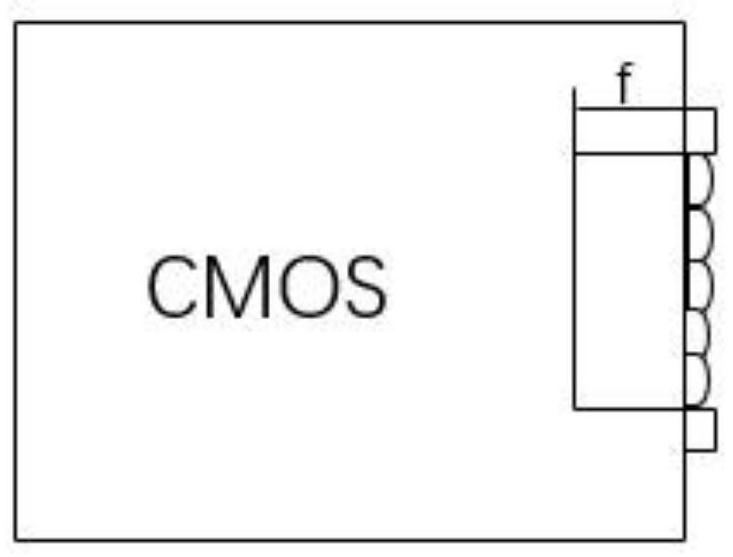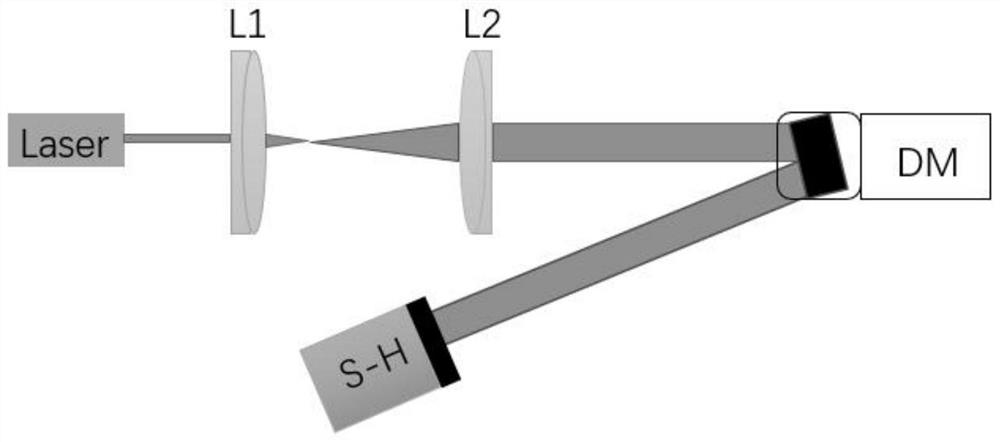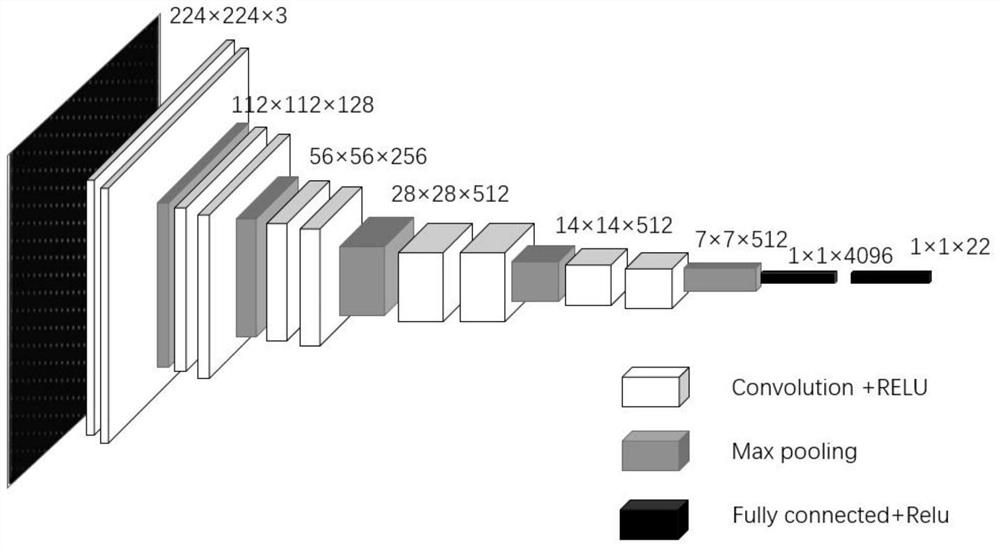A Shack-Hartmann Wavefront Detector Based on Deep Learning
A wavefront detector and wavefront technology, applied in the field of Shack-Hartmann wavefront detectors, can solve problems such as reducing algorithm calculation speed, and achieve the effect of great application value and significance
- Summary
- Abstract
- Description
- Claims
- Application Information
AI Technical Summary
Problems solved by technology
Method used
Image
Examples
Embodiment Construction
[0035] In order to describe the present invention more specifically, the technical solutions of the present invention will be described in detail below with reference to the accompanying drawings and specific embodiments.
[0036] like figure 1 As shown, the Shack-Hartmann hardware of the present invention is divided into two parts: a microlens array and a CMOS. The microlens array is fixed at a distance f from the CMOS photosensitive surface by a hardware fixing device. The microlens array is responsible for dividing and focusing the wavefront, and the CMOS Responsible for collecting array maps.
[0037] In this embodiment, the CMOS adopts Dhyana 400BSI V2.0 back-illuminated sCMOS, the microlens array adopts MLA300-14AR lens array, and f is the focal length of the microlens array.
[0038] Then, a large amount of training data is collected through the data acquisition optical path to train the network. The data acquisition optical path is as follows: figure 2 As shown in the...
PUM
 Login to View More
Login to View More Abstract
Description
Claims
Application Information
 Login to View More
Login to View More - R&D
- Intellectual Property
- Life Sciences
- Materials
- Tech Scout
- Unparalleled Data Quality
- Higher Quality Content
- 60% Fewer Hallucinations
Browse by: Latest US Patents, China's latest patents, Technical Efficacy Thesaurus, Application Domain, Technology Topic, Popular Technical Reports.
© 2025 PatSnap. All rights reserved.Legal|Privacy policy|Modern Slavery Act Transparency Statement|Sitemap|About US| Contact US: help@patsnap.com



